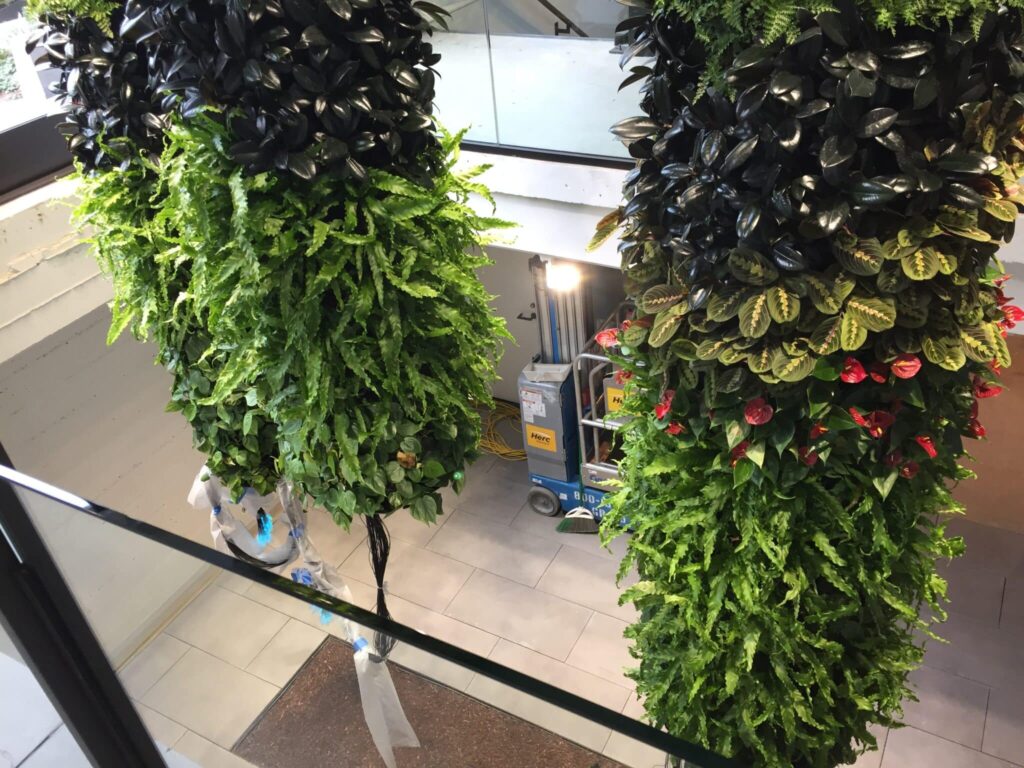Indoor plants are a great way to add life and color to your home. However, it can be frustrating when your plants start to turn yellow. Yellow leaves can be a sign that something is wrong with your plant’s health. Knowing the reasons why your indoor plants are turning yellow can help you address the problem quickly and keep your plants looking their best. In this blog post, we will discuss the common causes of yellowing leaves and how you can fix them.

Overwatering
Signs of Overwatering
Overwatering is one of the most common reasons for yellow leaves. Signs that you are overwatering your plant include leaves that are yellow and soft, a musty smell from the soil, and mold growing on the surface of the soil.
How to Fix Overwatering
To address overwatering, allow the soil to completely dry before the next watering session. Ensure your pot has drainage holes for excess water to escape, promoting proper plant watering. If the current soil is overly wet and compacted, consider repotting your plant with fresh soil.
Underwatering
Signs of Underwatering
Underwatering can also cause yellow leaves. Signs of underwatering include dry, crispy leaves, soil that pulls away from the edge of the pot, and a plant that looks droopy or wilted.
How to Fix Underwatering
To fix underwatering, water your plant thoroughly until water runs out of the drainage holes. Make sure to water regularly, but avoid letting the soil dry out completely between waterings. You can also use a moisture meter to check the soil moisture levels.
Lack of Light
Signs of Light Deficiency
Plants need light to thrive, and a lack of light can cause yellow leaves. Signs of light deficiency include pale or yellow leaves, long and leggy stems, and slow growth.
How to Improve Light Conditions
To improve light conditions, move your plant to a brighter spot. Most indoor plants prefer indirect sunlight, so placing them near a window with filtered light can help. If natural light is not available, consider using grow lights to provide the necessary light for your plant.
Nutrient Deficiency
Signs of Nutrient Deficiency
Nutrient deficiency can cause yellow leaves. Signs of nutrient deficiency include yellowing that starts at the tips or edges of the leaves, weak or stunted growth, and poor flowering.
How to Address Nutrient Deficiency
To address nutrient deficiency, use a balanced fertilizer that contains essential nutrients like nitrogen, phosphorus, and potassium. Follow the instructions on the fertilizer package for proper application. You can also use compost or organic matter to enrich the soil.
Reviving Your Indoor Garden: Tips for Keeping Your Plants Healthy and Vibrant
Yellow leaves on your indoor plants can be a sign of various issues like overwatering, underwatering, lack of light, or nutrient deficiency. By understanding these common causes and how to fix them, you can help your plants stay healthy and vibrant. Regularly check your plants for signs of distress and take action as needed to provide the best care for your indoor garden. With the right attention and care, your plants will thrive and continue to brighten your home.
Elevate your indoor garden with The Wright Gardner, the premier choice for professional plant care in San Francisco. Let us transform your space into a thriving oasis. Contact us today and witness the difference expert care makes in bringing your plants to life. Dive into a greener world now!
